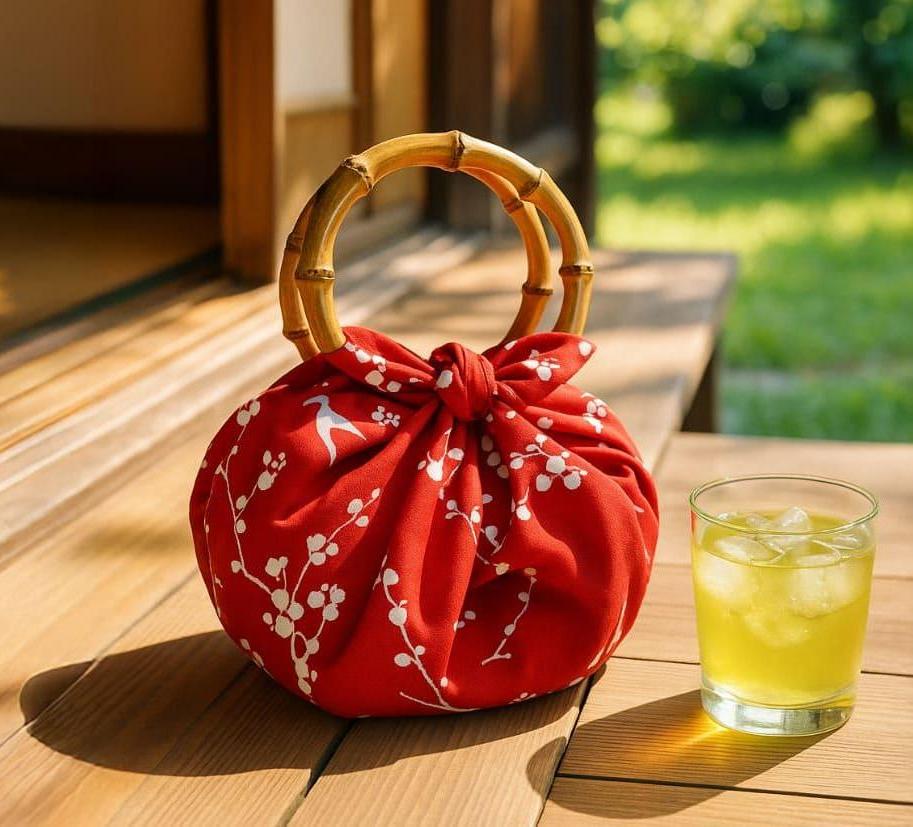The fifth edition of Japan’s Real Rules takes us to the sushi bar.
But this time, we’re not talking about chopstick etiquette or “don’t dip the rice side in soy sauce.”
Instead, here are five questions that dive into Japan’s unique relationship with sushi itself —
from facts you’ve never heard to the quiet logic behind how Japan really eats it.
Ready to take the challenge?
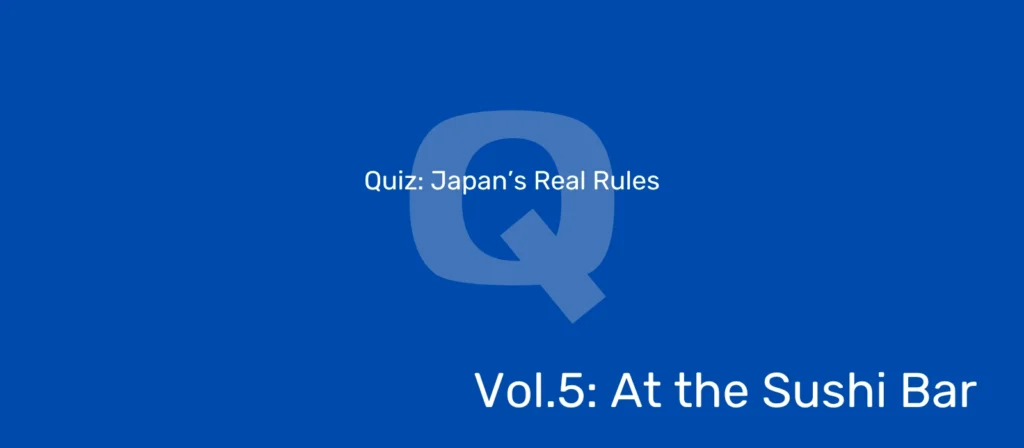
1. 5 Questions about Sushi Manners
Q1. The Kind of Customer No Sushi Chef Wants
Which of the following would actually be considered bad manners?
(Difficulty: ★☆☆☆☆)
- Eating sushi with your left hand
- Ordering “no wasabi,” even as an adult
- Livestreaming your sushi while eating — because it’s “great promotion” for the restaurant
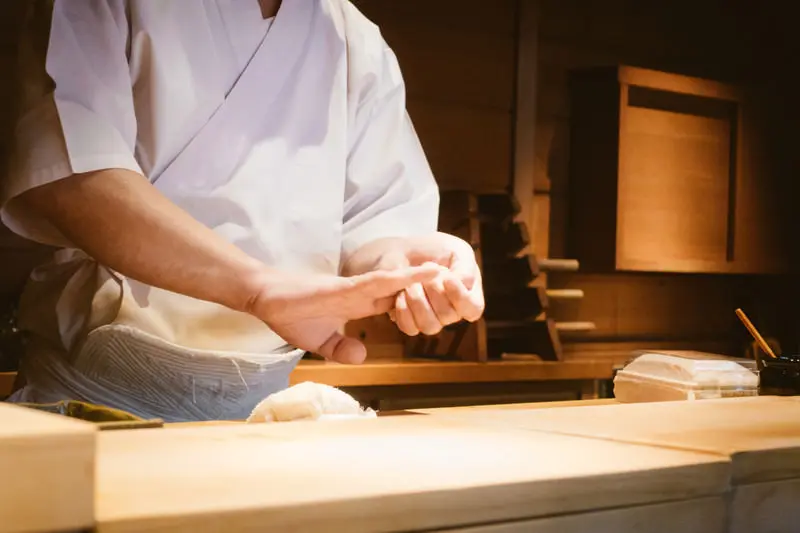
Answer (Tap or click)
3. Livestreaming your sushi while eating — because it’s “great promotion” for the restaurant
Explanation:
Filming inside restaurants without permission is usually a no-go in Japan — even if it’s “for publicity.”
If you really want to record, always ask the staff first.
1. Whether you use your right or left hand doesn’t really matter — just maybe not both at once.
2. Even Japanese people sometimes ask for no wasabi. It’s totally normal — like asking your hairstylist to trim your sideburns a bit shorter.
Q2. Seriously?
What’s more common in Japan than sushi restaurants?
(Difficulty: ★★☆☆☆)
- Dentists
- Shrines
- Both
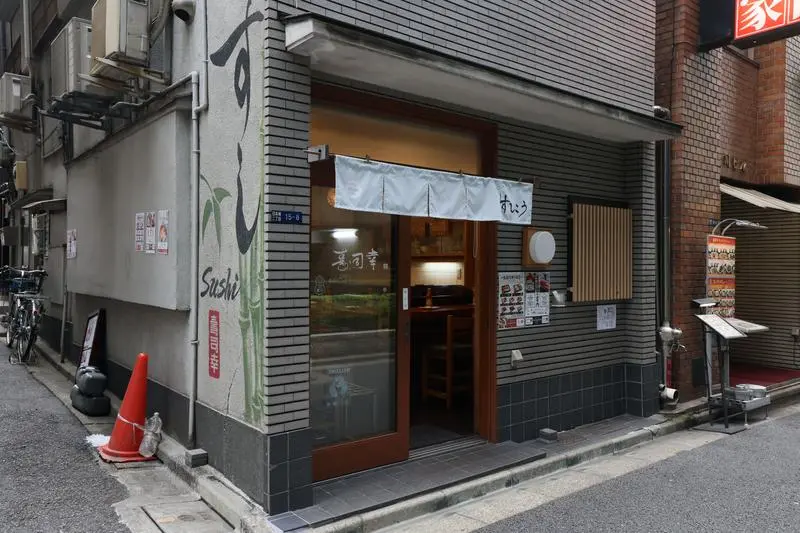
Answer (Tap or click)
3. Both
Explanation:
In quizzes like this, the answer is usually “both.”
But let’s check the numbers anyway:
- Sushi restaurants: about 22,000
- Dental clinics: about 68,000
- Shinto shrines: about 88,000
So yes — in Japan, it’s totally normal to pray at a shrine
for your root canal to end soon.
Q3. Surprisingly
Among all the sushi toppings, which one is actually the most popular in Japan?
(Difficulty: ★★★☆☆)
- Tuna
- Salmon
- Yellowtail
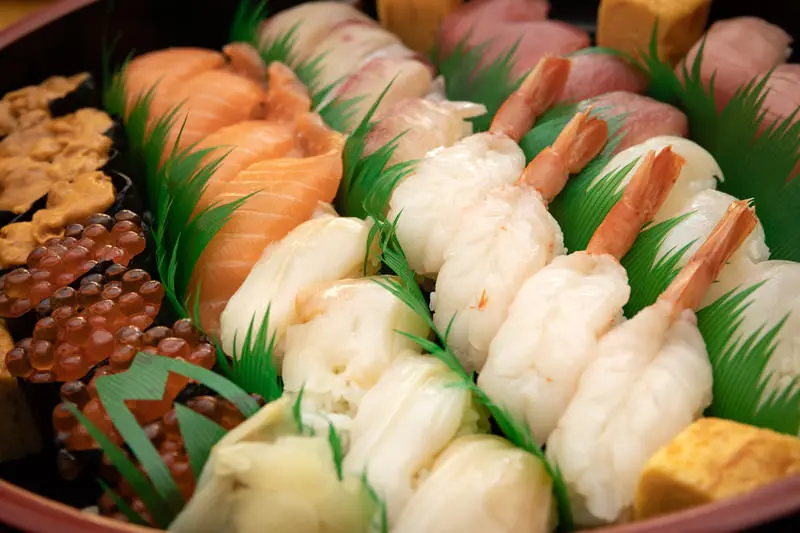
Answer (Tap or click)
2. Salmon
Explanation:
In Japanese cuisine, every dish has its “default image.”
Tempura? Shrimp.
Oden? Daikon radish.
Sushi? Tuna, obviously.
But despite that image, salmon has dethroned tuna as Japan’s most popular sushi topping.
And here’s the twist — many high-end sushi restaurants don’t even serve it.
Salmon is considered a newcomer in the sushi world.
Why? Nobody really knows.
Q4: The Orange, Wobbly Thing
Sushi topping uni — what exactly is it?
(Difficulty: ★★★☆☆)
- Tuna’s brain
- The reproductive organ of a sea urchin
- Fish-flavored pudding
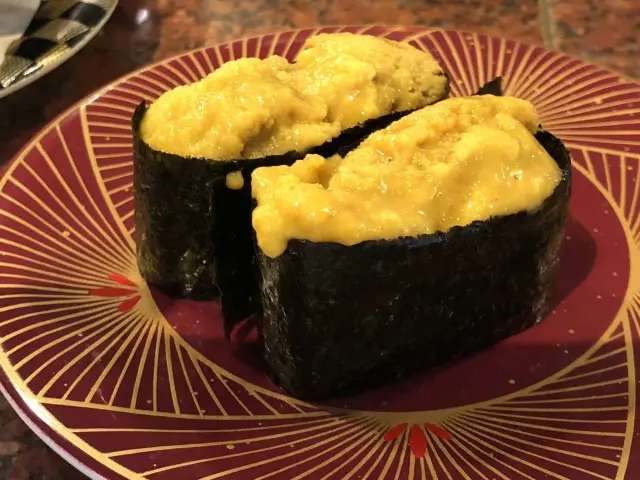
Answer (Tap or click)
2. The reproductive organ of a sea urchin
Explanation:
For some of us — myself included — uni is pure bliss.
Yes, it’s the reproductive organ. Gross? Maybe.
But remember: two of a squid’s ten arms are used for mating,
and shrimp and crabs are basically sea insects.
So let’s raise a toast to that ancient hero
who first decided to eat this spiky little creature.
Q5: So You Want to Be a Sushi Chef
What qualification do you need to stand behind the counter and serve sushi to customers?
(Difficulty: ★★☆☆☆)
- A national “Sushi Master” license (Silver rank or higher)
- At least five years of experience working at a sushi restaurant
- None at all
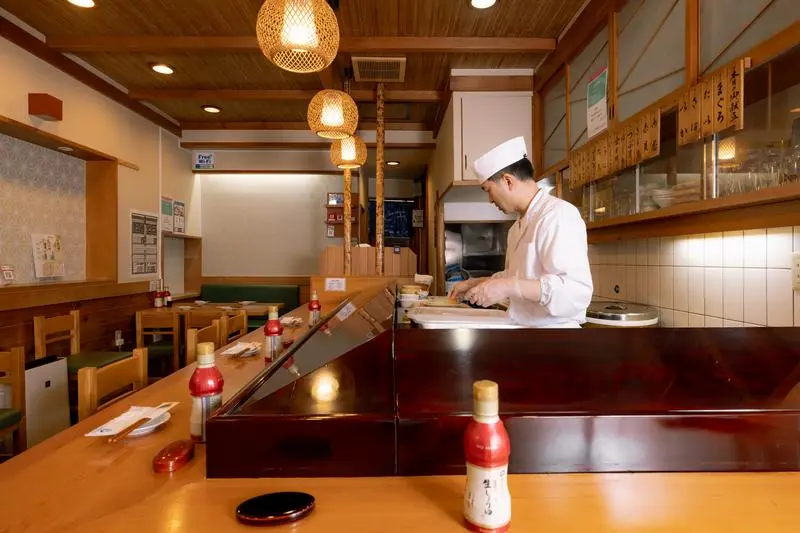
Answer (Tap or click)
3. None at all
Explanation:
In Japan, it’s often said that becoming a “true” sushi chef takes at least ten years of training.
But these days, there are sushi academies and fast-track programs that shorten that path dramatically.
Some call it “the decline of tradition.”
Others just call it progress.
In the end, what really matters isn’t a certificate or a title — it’s whether your tongue trusts the person behind the counter.
2. Final Thoughts
If you found any of these surprising — or just fun — that makes me genuinely happy as a fellow sushi lover.
Sushi isn’t just something to taste; it’s something to think about, laugh about, and talk about.
And now that I’ve written all this… I might just order sushi for dinner tonight.


